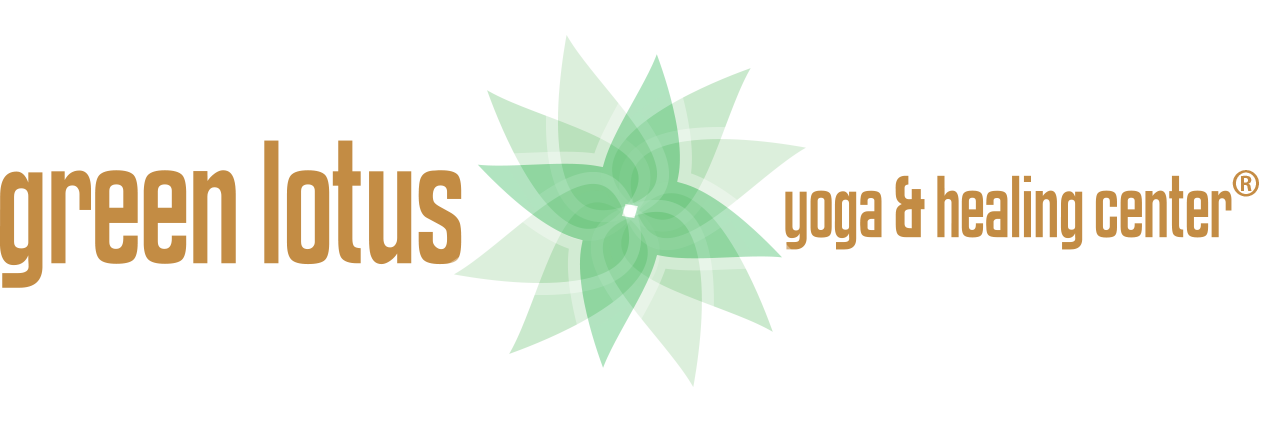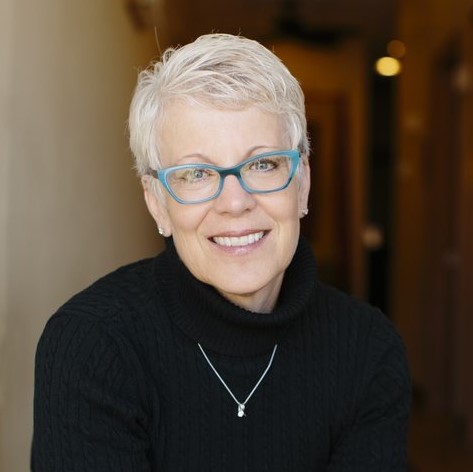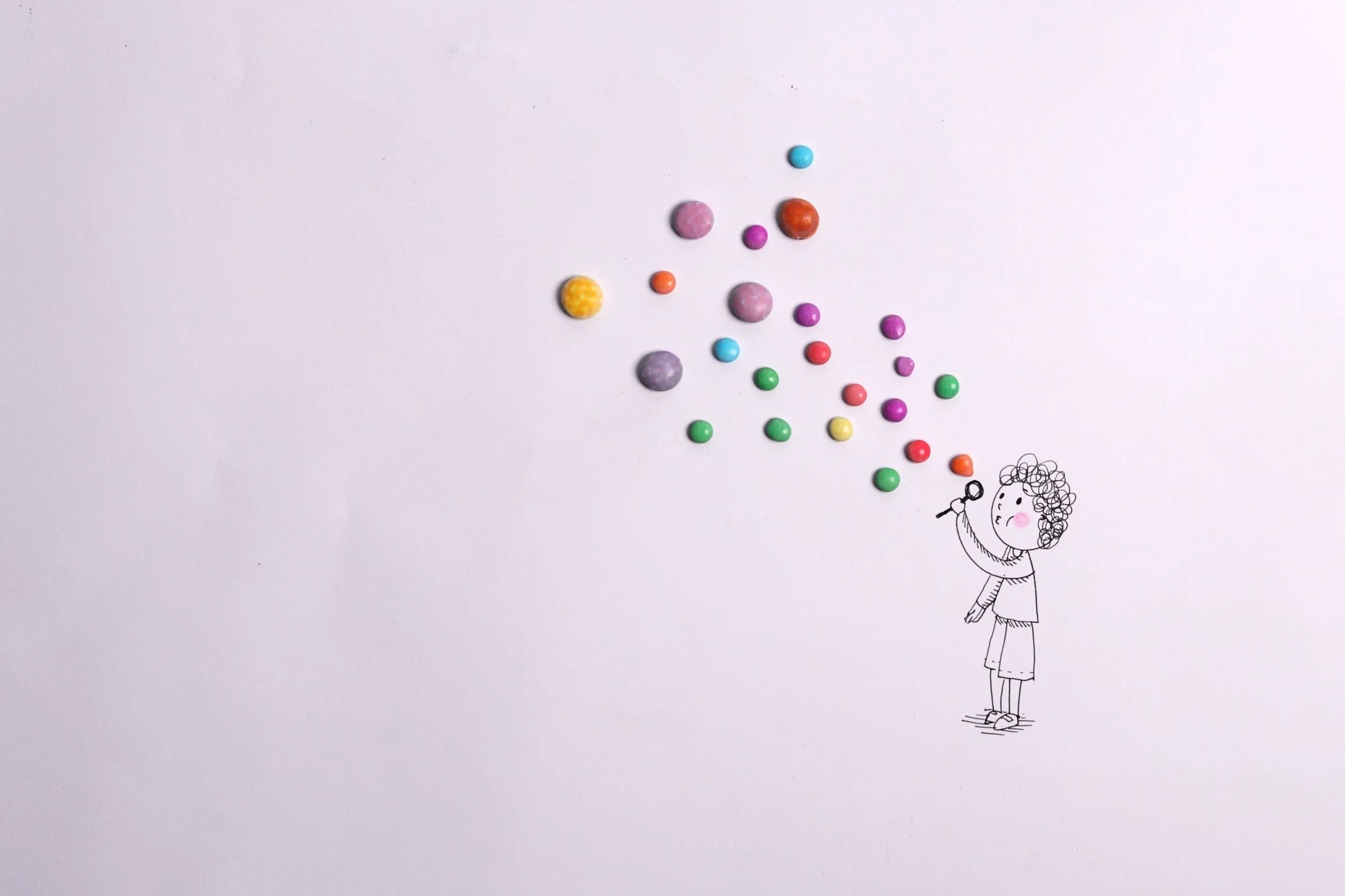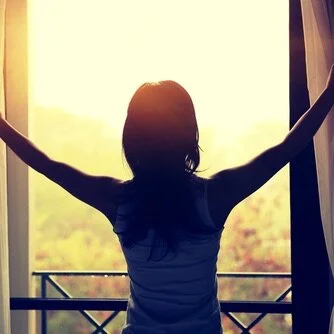Inhale, Exhale, Repeat
/I need a breath of fresh air.
You take my breath away.
It was breathtaking.
I am out of breath.
I need to take a breather.
I need to catch my breath.
Give me room to breathe.
He was breathing down my neck.
Don't breathe a word about this.
Pranayama = the control & movement of energy
Our breath is the most natural process in the body. Just look to your everyday language for an awareness of the importance of the breath. From the moment of that first bawling breath to the moment of our last exhale, we are breathing every moment of our physical existence. The study and practice of conscious breathing is called pranayama. This Sanskrit word translates as the control and movement of energy.
I assert that pranayama is the single most accessible, practical, and effective tool available to reduce stress, energize, bring about calm, and improve our overall well-being.
Period.
We can go without food for weeks, without water for one to two weeks. We start to hallucinate three to four days without sleep, yet the lack of breath becomes fatal after only a few short minutes.
For millennia the breath was thought to be inextricable from our whole being. It was understood to be our vitality and health, seen as a force that flows through mind, body, and spirit like a river running through a dry valley gives sustenance to everything in its course. It is only in recent times that have we reduced our understanding of breathing to a mere respiratory exchange of carbon dioxide and oxygen or given it no thought at all.
Most people breathe in and out unconsciously, in a shallow manner and high in the chest. Science tells us that this form of breathing produces anxiety, changes our bodily functions from our vision to our muscles and digestion, and diminishes our access to critical thinking.
Rhythmic, slow, and deep breathing strengthens the respiratory system, soothes the nervous system, and increases concentration. Better than medication or libation, the conscious movement of our breath reduces stress, opens the pathway to critical thought, and soothes the body and mind.
The conscious movement of our breath reduces stress, opens the pathway to critical thought, and soothes the body and mind.
Breathing 101
I recommend starting on your back or seated comfortably with your hands gently resting on your tummy.
Draw your next breath in slowly through the nose, feeling the belly fill and become round.
As you exhale slowly through the nose, draw your bellybutton back toward the spine, wringing out all of the spent air, making room for the next breath.
Move slowly from the in-breath to the out-breath.
If you become dizzy or nauseous, resume your normal breath.
As you prepare for each day, breathe into and through your preparation. Visualize each breath infusing joy and care into each task. When you gather with friends, breathe in and out your gratitude for those who share your days. Use your breath and voice to express your appreciation for their presence in your life. And, finally, notice a sense of well-being spread outward from your heart.
You created this sense of well-being. You. It was not expensive, nor was it difficult. Just you and your breath. Inhale. Exhale. Repeat.
Ready for a breath of fresh air? Our pranayama experts do one-on-one sessions.
Ready to become a pranayama expert yourself?
Elizabeth Bayer is a graduate of Green Lotus’s 200-hour and 300-hour yoga teacher-training programs. She is a noted lecturer, workshop leader, and author of two non-fiction books dealing with self-discovery – her 2003 memoir Wednesdays at the Fluff 'n' Fold and 2016's Yoga Expression Spirit in which she chronicles the three pillars of her life. In 2020, Elizabeth and her husband founded the Annandale Art and Textile Center, the non-profit home of the Heart of the Lakes Weavers, a vocational-weaving program employing individuals with social and developmental disabilities.



















